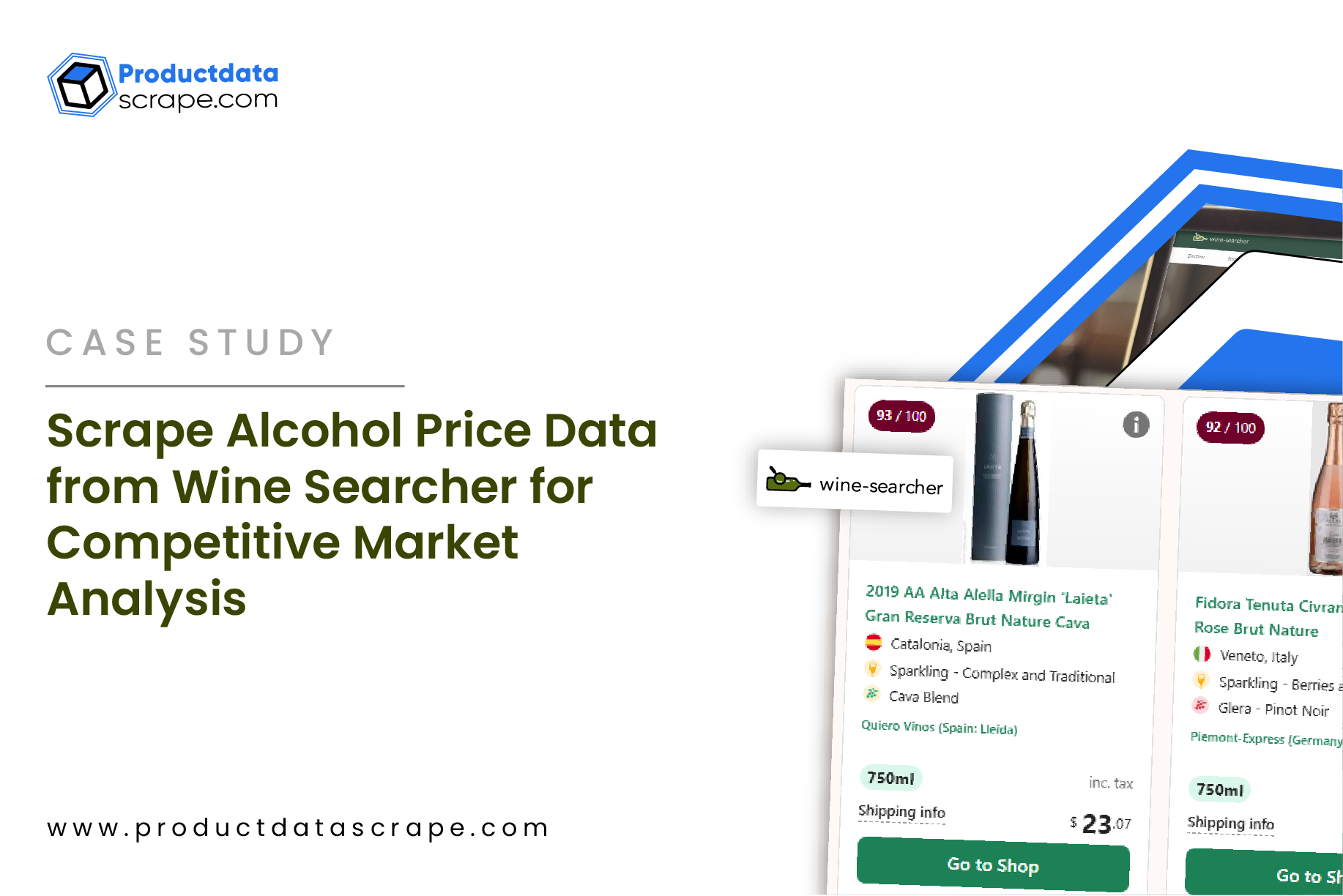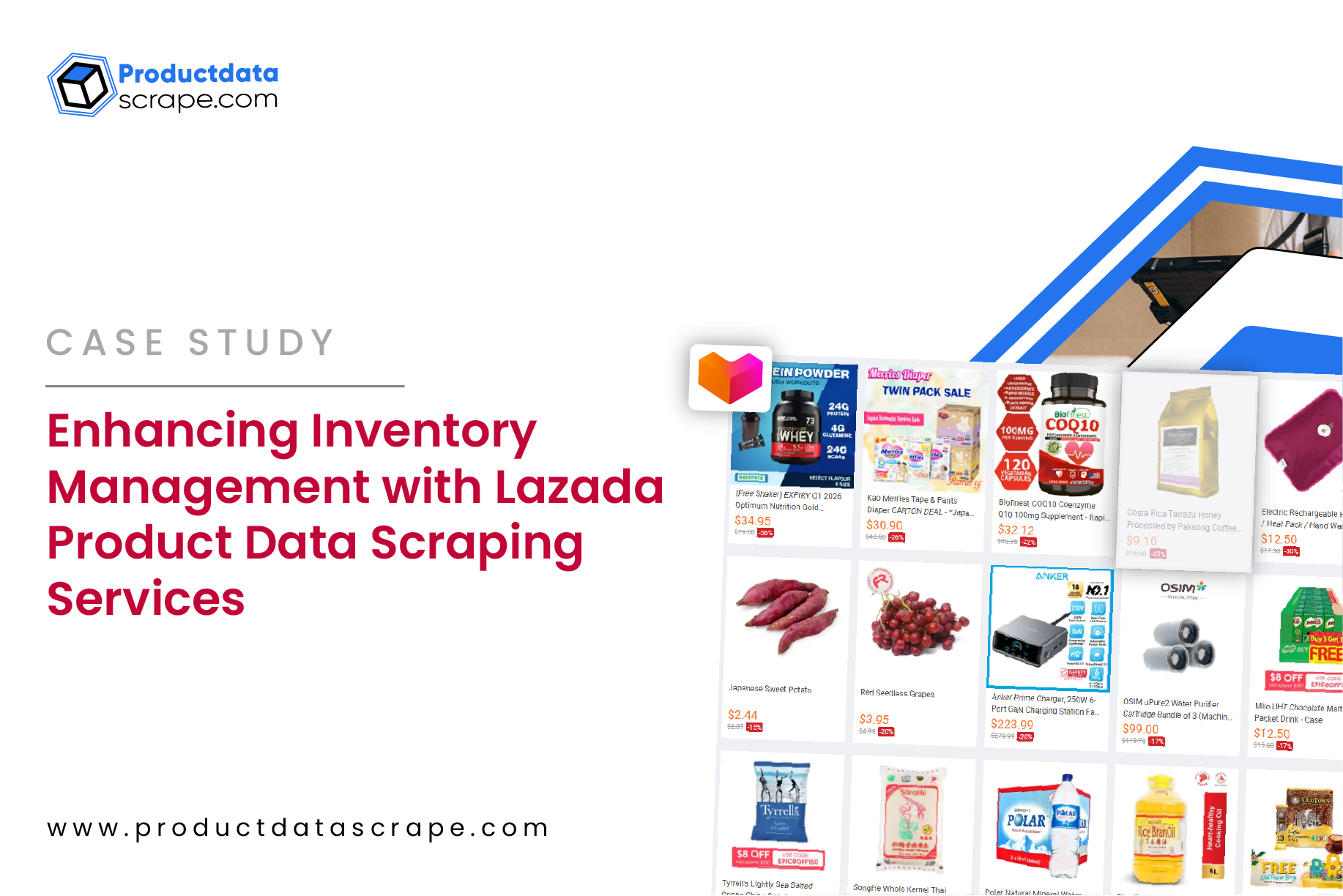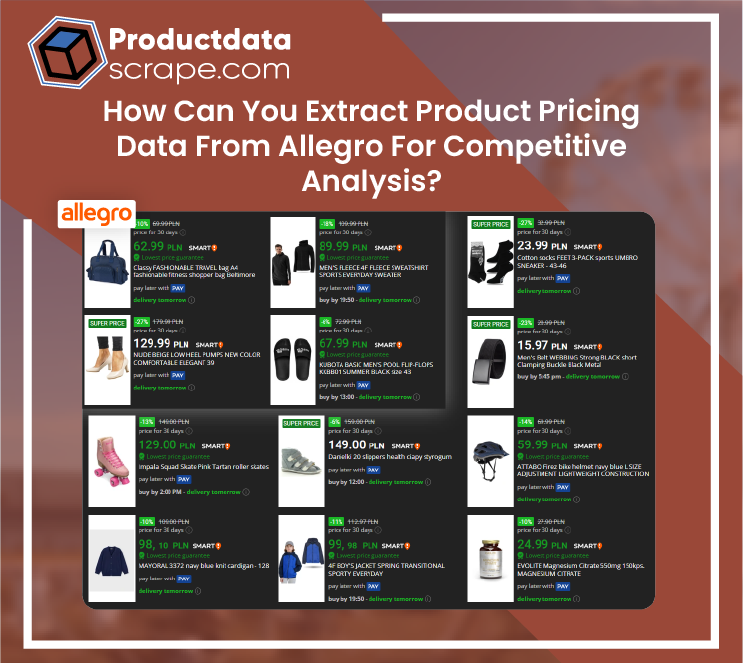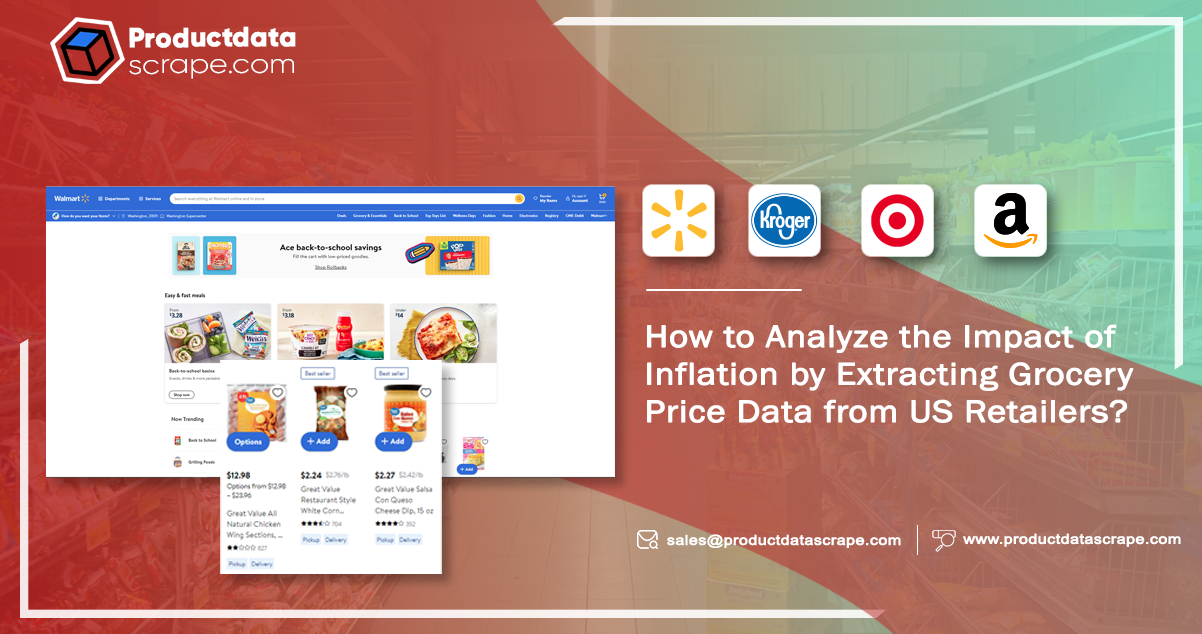
Like an unseen current, inflation silently shapes economic landscapes, gradually eroding consumer purchasing power while making its mark on diverse industries. Elevated costs, hiring delays, and stagnant earnings pose substantial business challenges. One sector susceptible to inflation's effects is the grocery industry, where the potential for rising prices can weigh heavily on the minds of average consumers.
Rising Inflation: A Catalyst for Changing Shopping Dynamics
Over the past year and beyond, the United States has witnessed a pronounced uptick in inflation, sparking concerns and altering how we approach essential purchases. The price surge denotes the escalating raw materials, transportation, and labor costs. Further complicating matters, disruptions in global supply chains and fluctuations in currency exchange rates amplify the situation's complexity, weaving an intricate tapestry of interdependencies.
Navigating Inflation: Strategies of Prominent E-Retailers
After extracting grocery price data, we took a comprehensive analysis to grasp the scale of this phenomenon among leading e-retailers, focusing on four major retail giants: Walmart, Amazon, Target, and Kroger.
the prolonged period of elevated prices and the potential macroeconomic pressures, the retailer adopts a cautious stance. In contrast, Amazon's eCommerce division experienced a significant shift, reporting a net loss of $2.7 billion in 2022, diverging starkly from the $33.4 billion profit of the prior year.
Amid these intricate circumstances, comprehending trends in grocery pricing and the accompanying strategies becomes paramount for online and brick-and-mortar retailers. Successfully navigating and thriving within the current economic landscape hinges on a nuanced understanding of these dynamics. Analyzing pricing trends using grocery data scraping services offer invaluable insights into how these corporate giants adeptly steer through the challenges posed by the grocery industry in the face of inflation's backdrop.
Methodology of Our Research
The foundation of our analysis comprised a comprehensive assortment of products, spanning the spectrum from pantry essentials like flour and rice to perishable items such as dairy and produce. It encompassed approximately 600 Stock Keeping Units (SKUs) meticulously matched across Amazon, Kroger, Target, and Walmart. The data collection using product data scraping spanned January 2022 to February 2023.
Furthermore, we examined the pricing dynamics using web scraping retail websites data for a smaller subset of over 30 high-demand daily essentials. These particular items hold the potential to generate elevated sales and margins for the retailers in focus.
Insights into Average Selling Prices of Grocery Items
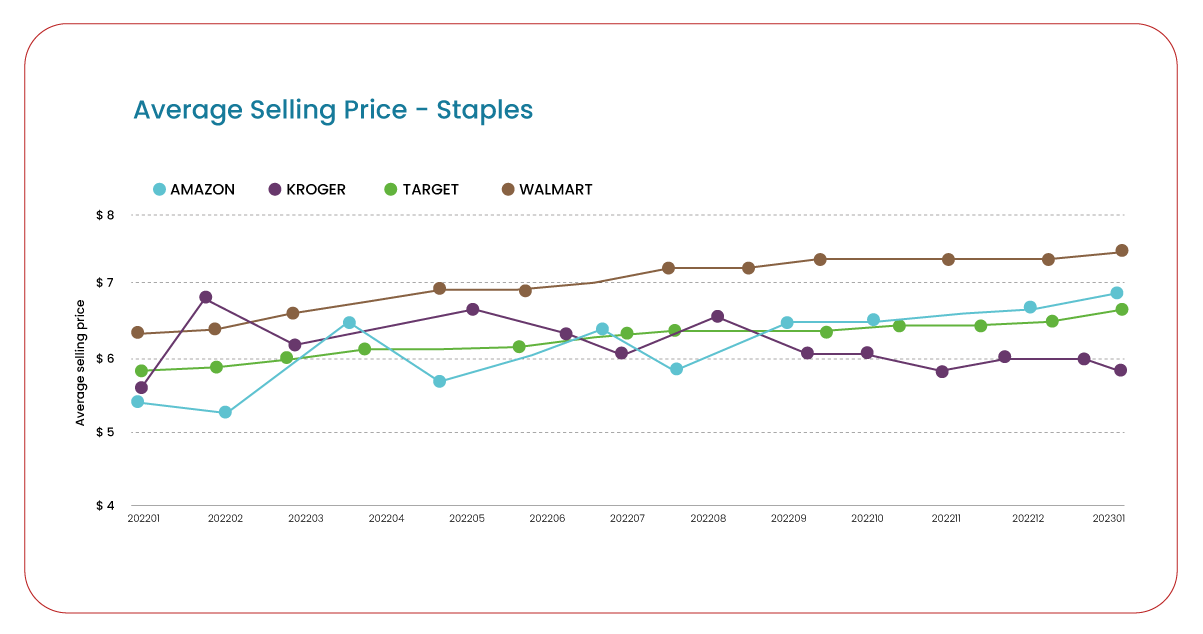
Our thorough analysis uncovered notable trends in the average selling prices of various grocery products. Among the retailers studied, Walmart consistently emerged as the front-runner in offering the most competitive prices. Price monitoring showed that there were around 8% lower than its closest competitor, Target. Despite an annual price increment of roughly 5%, Walmart's strategy prioritized "stability and predictability." This strategic approach yields results, as evidenced by the retailer's 8% growth in the last quarter. Nevertheless, it is essential to recognize that while this strategy brings benefits, it might exert pressure on Walmart's profit margins concurrently.
Strategies to Navigate Inflationary Pressures
In response to the challenges posed by inflation, Walmart is adopting a measured approach to growth while concurrently concentrating on safeguarding profit margins. Sources indicate that the retailer has negotiated with consumer packaged goods (CPG) manufacturers, pushing back against price hikes aimed at offsetting inflation-driven cost pressures early in 2023. Notably, part of Walmart's growth and heightened sales to an unexpected trend—higher-income households, facing diminishing spending power, now actively seek deals and discounts at Walmart.
Amazon's Surprising Pricing Position
Contrary to common consumer perception associating Amazon with the most budget-friendly prices, data reveals a different narrative. Amazon emerges as the highest-priced retailer among the ones studied, with Kroger following closely. Over the year, Kroger implemented a 10% price increase. Despite this, Amazon maintains its strong market standing, charging prices 12% to 18% higher than Walmart's for groceries. Amazon sustained its success even as its online sales dipped by 4%, and the year 2022 witnessed a substantial 9% surge in revenue from third-party seller services, encompassing aspects like warehousing, packaging, and delivery. Amazon's robust logistics and same-day delivery capabilities confer a distinct competitive edge, bolstering revenue growth and preserving margins. This scenario allows Walmart and other retailers to increase prices while upholding their competitive pricing positions.
Kroger's Premium Perception Strategy
Kroger, in contrast, appears to be cultivating a premium price perception. The retailer has consistently pursued a strategy of raising prices, a trend evident across nearly every month. This approach places Kroger's pricing strategy closer to Amazon's tactics.
Analyzing High-Volume Daily Staples Pricing
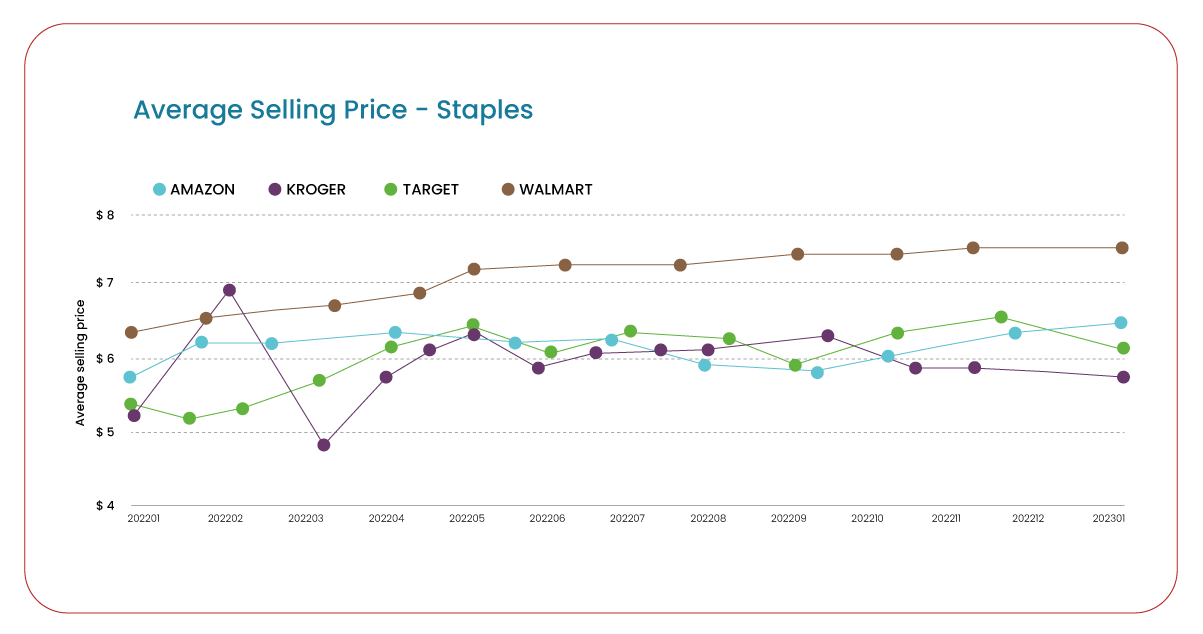
Recognizing that pricing strategies can vary across product categories, our analysis delved deeper into a narrower subset of over 30 high-demand daily staples offered by different retailers. This subset encompasses baked goods, popular beverages, canned foods, frozen meals, dairy products, cereals, detergents, and similar essentials. By focusing on this subset, we gain a more granular understanding of how retailers adapt their pricing strategies to different types of products.
Walmart's Strategic Positioning Amidst Inflation
By perceiving the influence of inflation significantly, Walmart has steadfastly maintained its position as the price leader, possibly intending to augment its margins through higher sales volume.
Narrowing Price Disparity among Retailers
The variance in prices across retailers in this context is understandably narrower, with Amazon and Kroger closely aligning their average prices with Walmart's.
Target's Peculiar Pricing Strategy
Distinctively, Target's pricing strategy distinguishes itself by consistently emerging as the highest-priced retailer for daily essentials, despite ranking among the more affordable retailers for a broader spectrum of grocery items. This anomaly implies that Target's underlying technological approach might need to be more finely tuned to adapt to market dynamics than other prominent retailers. It might be prudent for Target to bolster efforts in meticulously tracking pricing within this sub-category.
Data-Driven Solutions for Navigating Complexity
Amid a challenging economic landscape, retailers and grocery establishments must sustain their revenues and margins. A vital component of achieving this lies in embracing an all-encompassing and adaptable pricing strategy. An acute awareness of which product categories are witnessing price escalations among competitors can equip retailers with the insights needed to make well-informed pricing decisions at the category and individual product levels.
Rather than implementing sweeping price hikes that could undermine customer trust, retailers should balance margin performance and consumer willingness to pay. Navigating price adjustments can be intricate for both customers and sellers. Those retailers that adopt an approach fueled by data and insights stand a higher chance of success in this endeavor.
Product Data Scrape is committed to upholding the utmost standards of ethical conduct across our Competitor Price Monitoring Services and Mobile App Data Scraping operations. With a global presence across multiple offices, we meet our customers' diverse needs with excellence and integrity.







